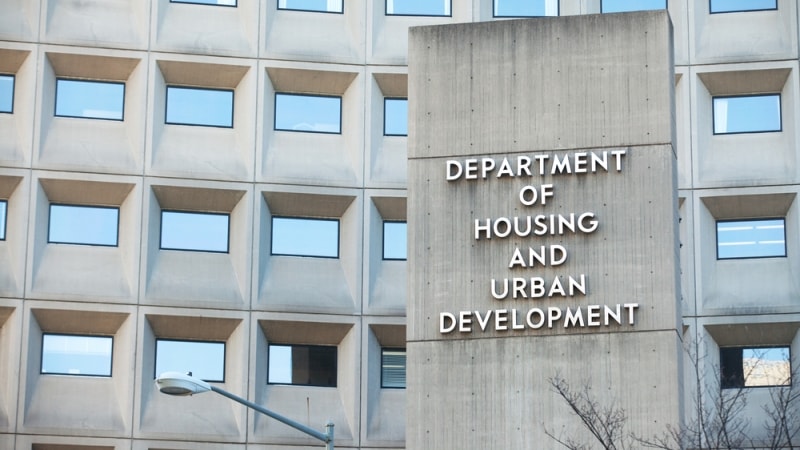
From 2017 to 2019, the Department of Housing and Urban Development (HUD) reported that homelessness in the United States has grown increasingly, but an Government Accountability Office (GAO) report found that HUD likely underestimates the count due to poor data quality.
“While HUD has taken steps to improve data quality, the data likely underestimate the size of the homeless population because identifying people experiencing homelessness is inherently difficult,” the report said.
A count of people experiencing homelessness on a single night is conducted through the Point-in-Time (PIT) count which is conducted by Continuums of Care (CoC) – local homelessness planning bodies that apply for HUD grants. According to the report, there are large year-over-year fluctuations between some CoC’s total and unsheltered PIT counts— which raises questions over data accuracy.
“GAO found that HUD does not closely examine CoCs’ methodologies for collecting data to ensure they meet HUD’s standards,” the report said. “HUD’s instructions to CoCs on probability sampling techniques to estimate homelessness were incomplete.”
The OIG made three recommendations, with which HUD concurred:
- Quality assurance checks should be conducted by HUD’s Office of Special Needs Assistance Programs to examine PIT count methodology data that it requires CoCs to submit;
- The agency should provide more detailed instructions on using probability sampling techniques to complete PIT count; and
- HUD should assess and enhance the usefulness of its assistance to CoC’s data collection efforts.
